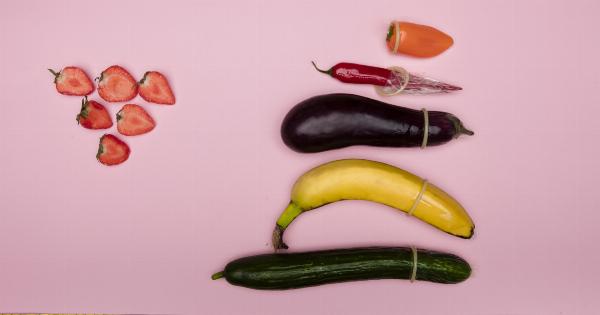Fruits and vegetables are vital for maintaining a healthy diet. They provide essential vitamins and minerals that are required for the normal functioning of our body.
However, it is equally important to control the amount of fruits and vegetables we consume on a daily basis. Portioning our intake not only ensures that we are getting the right nutrients, but it also helps us to maintain a healthy weight.
In this article, we will discuss the importance of portioning for fruits and vegetables and share some tips to help you get the right portion size.
Why Portioning Is Important?
Eating more fruits and vegetables can be beneficial for our overall health, but overeating can have adverse effects.
Consuming too many calories from fruits and vegetables can lead to unwanted weight gain, which in turn can increase the risk of chronic diseases such as diabetes, high blood pressure, and heart diseases. This is why portioning becomes essential to ensure that we get all the benefits from fruits and vegetables without overeating.
What Is a Portion?
A portion is the amount of food recommended to eat at a particular mealtime. For fruits and vegetables, a portion is typically measured in terms of cups.
How Much Fruit and Vegetables Should You Eat?
The Centers for Disease Control and Prevention (CDC) recommends that adults should consume at least 1.5-2 cups of fruits, and 2-3 cups of vegetables per day. However, this may vary depending on your age, sex, and physical activity level.
For example, athletes may require a higher intake of vegetables to support their energy needs.
How to Portion
Here are some simple tips and tricks to help you get the right portion size:.
: 1. Use Measuring Cups
Measuring cups are a great tool for portioning. Use them to measure out your fruits and vegetables to ensure that you are consuming the right amount. For example, a small apple counts as one cup, and one large tomato counts as one cup.
: 2. Keep It Simple
You don’t have to get too worked up about measuring every single serving of fruits and vegetables. Simply keep it simple by aiming for half of your plate to be filled with vegetables and fruits at each meal.
: 3. Choose High-Fiber Options
Fruits and vegetables that are high in fiber tend to be more filling and can help you feel satisfied after your meal. Choose options such as peas, apples, broccoli, and carrots as snacks or side dishes.
: 4. Plan Ahead
Planning ahead can help you to make sure you are getting enough fruits and vegetables in your daily diet. You can plan and pack your meals for the day so that you don’t have to rely on unhealthy snacks when you’re out and about.
: 5. Experiment with Recipes
Adding fruits and vegetables into your regular diet can be fun and exciting. Take the time to experiment with different recipes and try new fruits and vegetables that you may not have tried before.
The Bottom Line
Portioning is a simple but effective way to ensure you are getting the right amount of nutrients without overeating.
By following these tips and tricks, you can make sure you get the recommended daily intake of fruits and vegetables while still enjoying delicious and healthy meals.































